COP25, the annual global climate summit that ended last weekend in Madrid, offered a visible public spectacle, but little substantive progress. Part of the problem was that the summit — technically known as the 25th session of the Conference of the Parties to the United Nations Framework Convention to Combat Climate Change (UNFCCC) — was really not one summit, but three disconnected meetings happening in the same city and at the same time. First, the streets of Madrid were filled with the visible energy and urgency of public protests. Second, accredited observers of the official process gathered for conversations marked by real ambition and significant expertise. Finally, formal diplomatic negotiations among state representatives were plagued with delays, stalling tactics, and political reluctance.
The disconnect between these three meetings prevented progress. To move forward, the separate tracks must be merged: State-to-state climate diplomacy must come to embody the energy and urgency, ambition and expertise that surrounded it in Madrid.
Separate circles, separate conversations
The Madrid summit operated as three concentric circles of activity.
In the outermost circle on the streets of Madrid, a galvanizing spectacle — broadcast on TV news reports around the world — demonstrated public recognition that the specter of climate change has given way to a climate emergency. Passionate citizens from Spain and around the world protested. Some 500,000 marched along the Grand Via to raise their voices and shake their hips in a “civil disco-bedience” dance that closed a major Madrid street. Others came to hear the voice of Greta Thunberg who reminded us all: “Change is not going to come from the people in power, it’s going to come from the masses.”
The second concentric circle of COP25 was inside a series of huge conference halls at the Feria de Madrid, where nearly 25,000 activists and experts gathered as officially accredited “observers.” In authorized side-events and at pavilions hosted by national governments and NGOs, worrisome scientific data was presented, best-practices shared, new technologies exhibited, and meaningful conversations had. High-profile speakers ranging from presidential candidate and former New York Mayor Michael Bloomberg to former Irish President Mary Robinson delivered eloquent remarks on the need for action. So too in this circle, youth activists sang, indigenous leaders held sit-ins, and mayors called for local innovation. This second circle brought foresight, expertise, and ambition to Madrid, but had little influence.
Deeper in the conference venue lies the inner circle of state-to-state diplomacy, accessible only with the right color badge. In a series of meeting rooms constructed within cavernous halls, accredited state officials sat around enormous tables in front of placards bearing their country names. These representatives were tasked with determining the rules of the road to implement the Paris Accord, developing mechanisms to address loss and damage, and designing a system for carbon credit trading. Official after official spoke. Some, such as representatives from the Alliance of Small Island States, brought passion and vigor. Others, notably the Umbrella Group (including the U.S.) and a group led by China and the G-77, stuck close to their talking points, seeking to avoid liability for past climate harm and careful not to offer compensation for future losses. In this third ring, negotiations were tedious and technical. The urgency and energy of the street gave way to political calculation and strategic patience. The expertise and ambition of the “observers,” was replaced by national interest and blame-shifting.
Collapsing the circles
It is perhaps not surprising, then, that little progress was made in Madrid — at least not in that critical inner circle where states make official commitments and binding international rules. For summits like Madrid — which has become the norm for big global meetings of this type — to make progress, the energy and urgency on the streets must motivate the diplomats in the inner circle. The ambition and expertise of experts in the second circle must inform and ultimately shift political calculations and diplomatic negotiations. In short, the circles of climate meetings must be merged.
Progress has been made from, say, 20 years ago, when protests erupted at the 1999 Seattle World Trade Organization (WTO) meeting where there was little, if any, official space for non-government representatives to make their voices heard other than through violence. Today, these three different meetings at least coexist, but they do not really influence one another. To give credit where credit is due, the UNFCCC has taken real effort to expand the number of observers, to grant observers access to some official discussions, and to facilitate engagement between state representatives and observers. Yet, the concentric circles of meetings, even if more proximate, remain divided.
The concentric circle model of summitry will be far more effective if the circles are linked in ways that carry energy and ambition, foresight and expertise into the consequential negotiations in the inner circle. Better linkage requires that public opinion in the outer circle actually shapes political calculation in the inner circle. For that to happen, voters — at least in democratic states — must make addressing climate change a political priority at the ballot box.
They have yet to really do so. Diplomats and political leaders may not care much about protests on the streets of Madrid, but they do care about electoral outcomes at home. Equally important, we need to put a price on carbon emissions that aligns states’ financial interests with emissions mitigation. Political leaders who instruct their negotiators respond to financial incentives will shift their objectives and strategies if economics so dictates. Getting carbon pricing right will not be politically or legally easy, but it will radically change incentives and outcomes.
Second, the expertise and ambition of the second circle must inform the state-to-state diplomacy at the heart of the summit. So-called “observers” need to be “in the room where it happens.” Summit structures must change, as must our understandings of legal personality. Sub-state actors (such as federal entities and cities) that can make a meaningful impact on climate need a formal voice in negotiations, albeit with a stature below that of states themselves. Non-state actors (NGOs, corporations, universities, and expert groups) need to be heard by states in advance of negotiations and by diplomats during them. The three distinct meetings seen in Madrid must be collapsed into one. The right to voice and participation in international negotiations must not be solely dependent on statehood, but also on the capacity and willingness of different kinds of actors to advance collective solutions.
COP26, next year in Glasgow, will be an even more critical test as states’ accomplishments in carbon reduction are up for review on a 5-year basis and new commitments will be made. In Glasgow, more voices must be heard, energy harnessed, and accountability held. In short, Glasgow must be one meeting, not three.
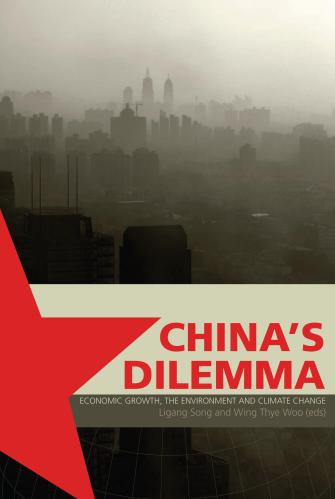
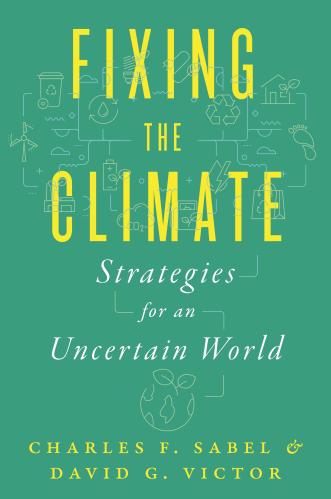
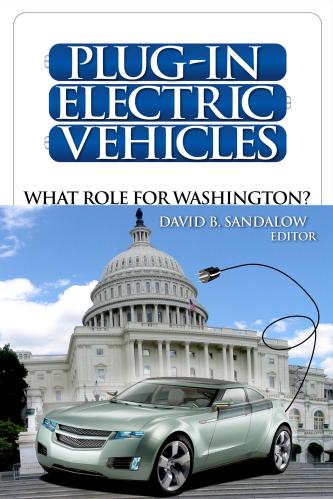
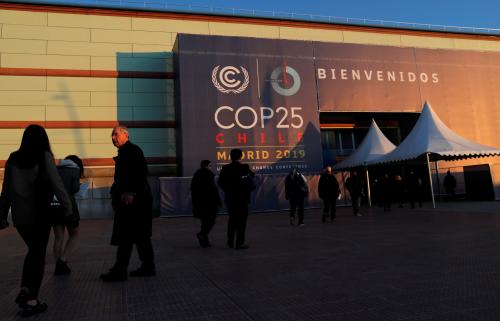
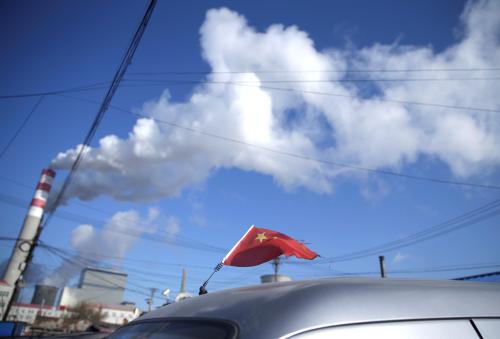
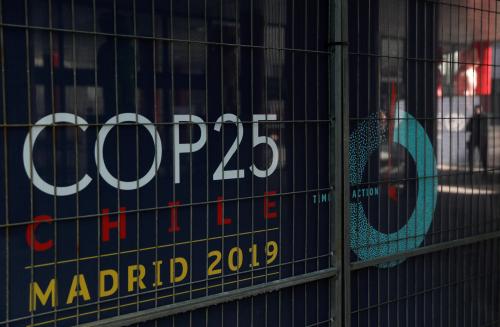
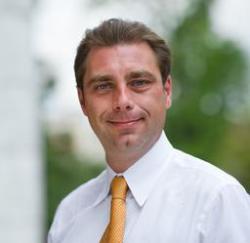

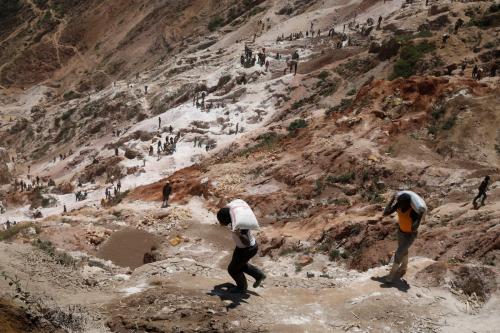
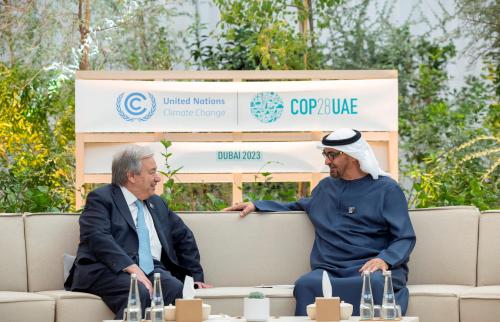
Commentary
At climate summits, the urgency from the streets must be brought to the negotiating table
December 16, 2019